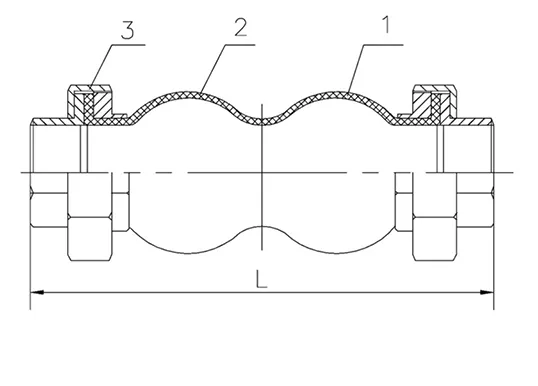Dec . 09, 2024 17:10 Back to list
Air Release Valves for Water Main Systems and Their Importance
Understanding Water Main Air Release Valves A Critical Component for Efficient Water Distribution
In modern infrastructure, the efficient management of water supply systems is crucial for urban sustainability and public health. Among the myriad of components that ensure the smooth operation of these systems, the water main air release valve (ARV) plays a pivotal role. This article delves into the function, importance, and maintenance of air release valves in water main systems, underscoring their significance in preventing inefficiencies and ensuring reliable water delivery.
What is a Water Main Air Release Valve?
Air release valves are specialized devices installed at high points in water distribution systems and along pipelines. Their primary function is to release trapped air from the mainline, which can accumulate due to pressure variations, line breaks, or air influx during filling and draining processes. Trapped air is problematic; it can obstruct water flow, reduce system efficiency, and even lead to potential damage to the pipeline.
The Importance of Air Release Valves
Air within a water main can lead to several issues, including
1. Flow Disruption The presence of air pockets can cause intermittent flow and reduced pressure in the system, leading to insufficient water supply in certain areas. This disruption may necessitate costly emergency repairs or infrastructure upgrades.
2. Pipeline Damage Water moves under pressure in pipelines, and air pockets can significantly affect this pressure dynamics. If not managed, they may result in pipeline bursts or structural weakness, leading to leaks and environmental hazards.
3. Water Quality Issues Stagnant air in pipelines can lead to undesirable reactions with water, potentially affecting taste and contributing to microbial growth.
To combat these issues, proper installation and maintenance of air release valves are essential. They ensure that air is expelled from the system, maintaining smooth and continuous water flow and protecting the integrity of the infrastructure.
Types of Air Release Valves
Air release valves come in various types, each suited for specific applications within water distribution systems
water main air release valve

1. Single or Combination Valves These valves can release air when the system is filling and can allow air to enter when the pressure drops, ensuring a consistent flow of water.
2. Automatic Air Release Valves These valves open automatically to release air, providing a maintenance-free solution that reduces the need for manual intervention.
3. Manual Air Release Valves These valves require manual operation for air release, typically used in smaller systems or specific points in larger pipelines.
Best Practices for Maintenance
To ensure air release valves function correctly and efficiently, regular maintenance is crucial
- Periodic Inspections Valves should be inspected regularly to check for any signs of wear, corrosion, or malfunction. Regular maintenance schedules help identify and address potential issues before they escalate.
- Testing Functionality Each valve should be tested to ensure it properly opens and closes. Non-functional valves can lead to air accumulation and associated problems.
- Keep Surrounding Areas Clear Vegetation and debris around air release valves should be cleared to ensure proper operation. Blockages can prevent valves from functioning appropriately.
- Replacement and Upgrades As with any infrastructure component, valves have a lifespan. Regular assessments will help determine when replacement is necessary.
Conclusion
Water main air release valves are often overlooked yet critical components of water distribution systems. Their role in mitigating air accumulation enhances system efficiency, protects infrastructure, and ensures the reliable delivery of clean water. Understanding their function, maintaining them diligently, and adhering to best practices can significantly improve the longevity and efficiency of water supply systems. In an era where water scarcity and management are at the forefront, recognizing the importance of such valves is essential for any community's sustainable development.
Share
-
Reliable Wafer Type Butterfly Valves for Every IndustryNewsJul.25,2025
-
Reliable Flow Control Begins with the Right Ball Check ValveNewsJul.25,2025
-
Precision Flow Control Starts with Quality ValvesNewsJul.25,2025
-
Industrial Flow Control ReliabilityNewsJul.25,2025
-
Engineered for Efficiency Gate Valves That Power Industrial PerformanceNewsJul.25,2025
-
Empowering Infrastructure Through Quality ManufacturingNewsJul.25,2025


